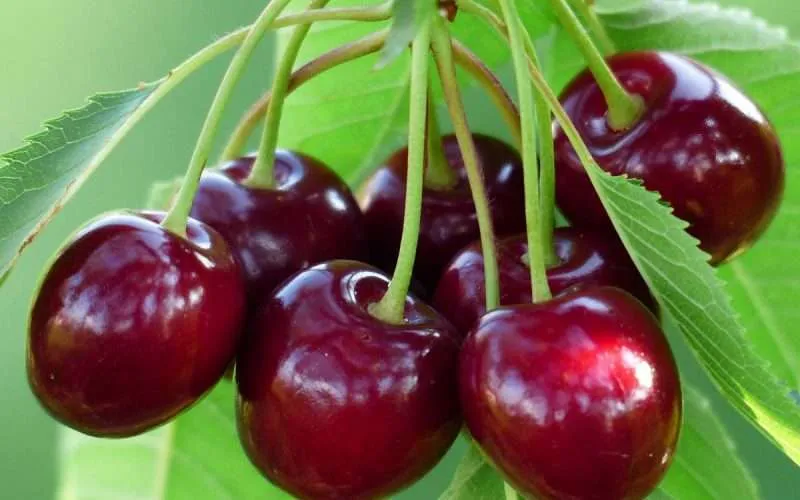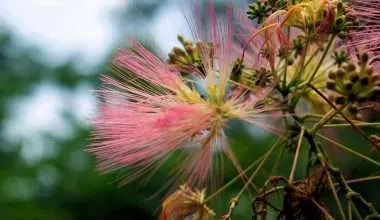Table of Contents Show
As people are moving away from their farmlands, they are finding a need to grow fruit trees in their own yards and gardens. For this reason, many people are researching what fruits can be grown in difficult soil.
This can be a challenge, but if you know which types of fruit trees are best for your garden, it can be a productive venture. This blog will look at five fruit trees that can be grown on rocky soil for fresh fruit for daily consumption.
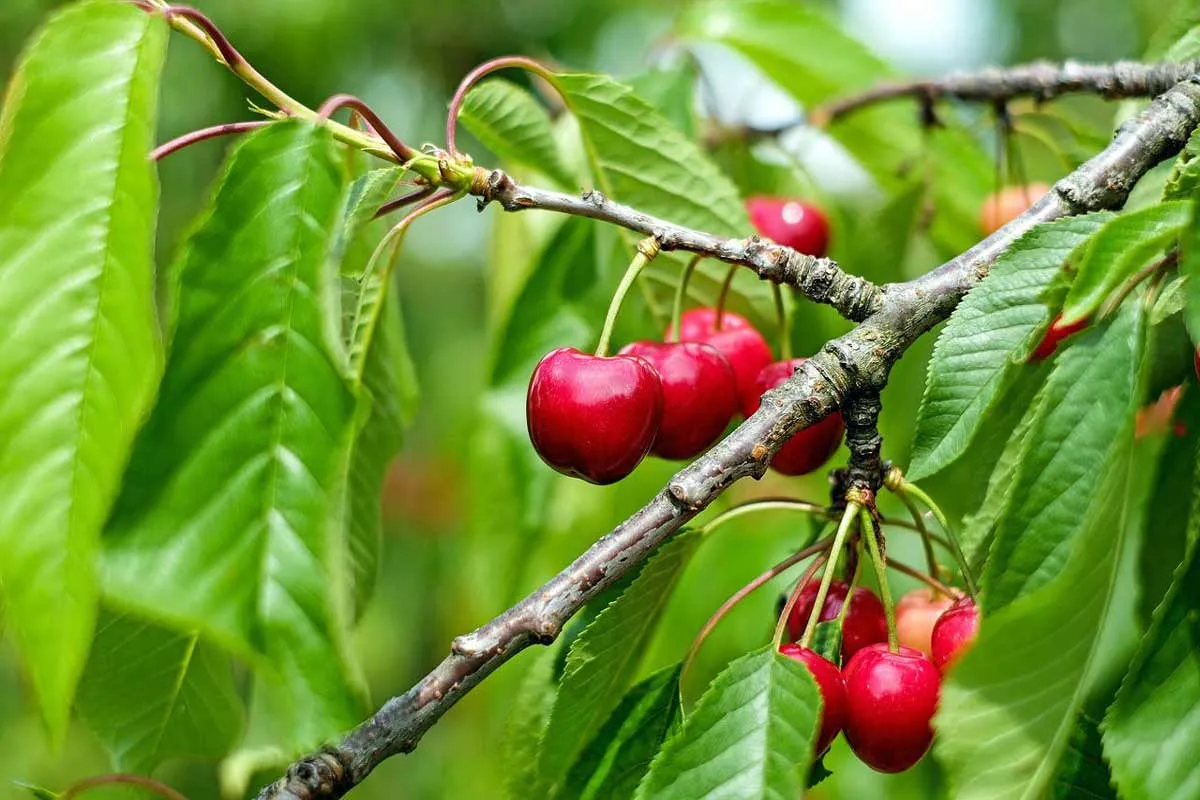
Growing almost anything in rocky soil can often end up being quite a challenge. To actually be able to achieve this feat, one has to put in hours of effort every day. Even then, if the planted trees are not hardy species, it is unlikely they will grow well, if at all.
Of course you have to ensure that the trees you are planting will manage to grow. However, it is also important to be sure that the fruit they bear has a high nutritional value. This is to replace the energy you’ve used in growing the fruit. If you use more energy than you’re getting then its really not worth it.
For this reason, the fruit trees this blog post covers are all delicious and hardy. That means they can grow in challenging environments, taste great, and have great nutritional value. This will equip you to eat fresh food every day.
What Makes Rocky Soil Challenging for Plants
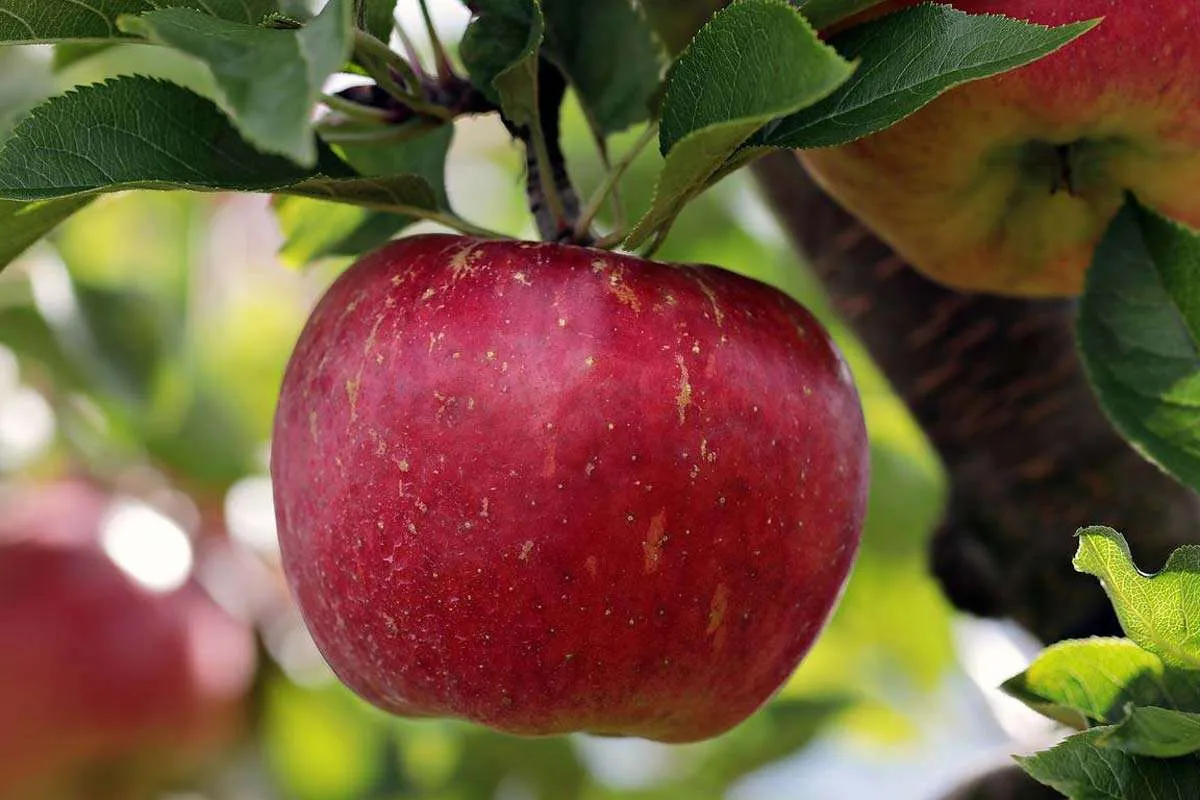
If you’ve ever tried to hand-till a rocky region, you know how time-consuming it is. Consider plant roots. These roots may struggle to obtain the leverage required to penetrate deep into the Earth. The rocky soil makes it all the more difficult for the roots to grow downwards.
Another drawback of rocky soil for fruit trees is that plants might have difficulty absorbing nutrients and water. Due to the rockiness, there are small air pockets in the soil. The presence of these pockets allows water to seep through them.
What this means is that there is usually less water near the surface. The water penetrates deeper into the Earth even if you water the tree. Ultimately this results in a scarcity of accessible resources. The roots need to grow deeper in order to access water and dissolved nutrients.
While it is a fact that rocky soil makes gardening an arduous task, it isn’t always the case. Some plants require rocky soil to survive, which is one of the benefits. This is because of their adaptations to the harsher settings associated with rocky soil.
Fruit Trees That Will Grow Well in Rocky Soil
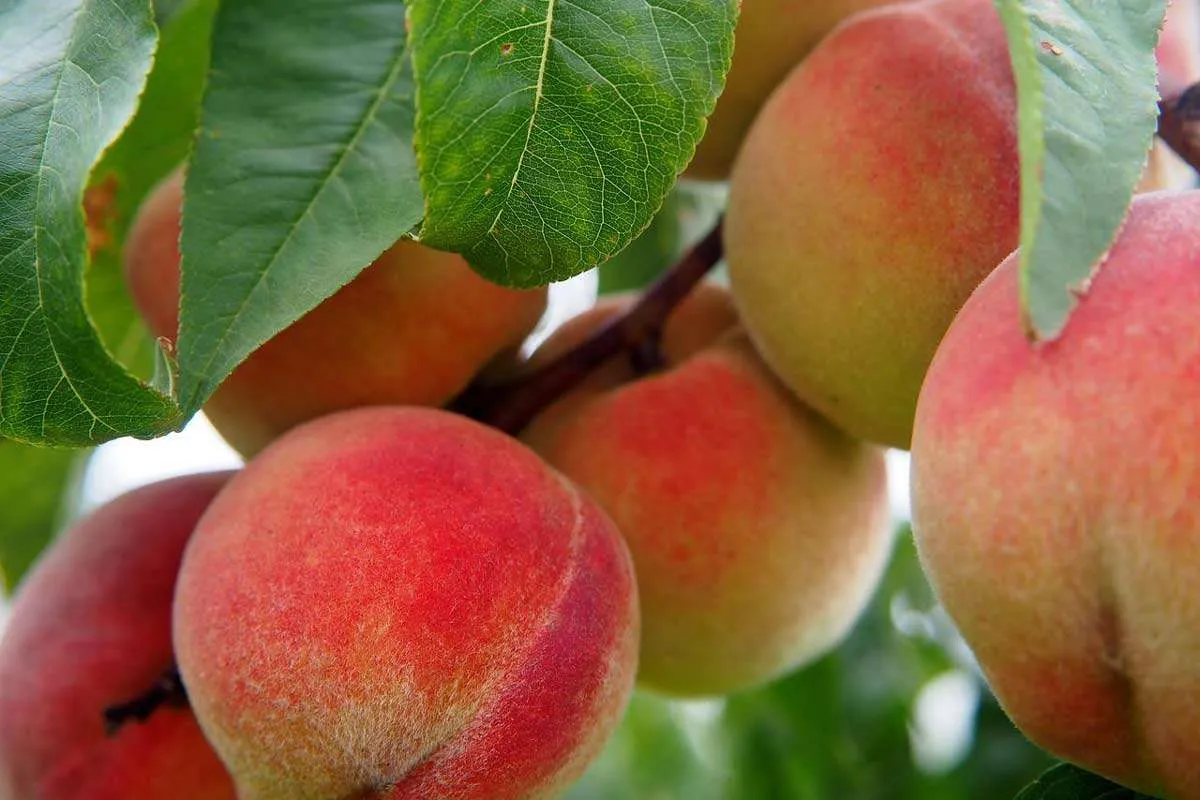
Gardening on rocky soil can be difficult. It is not only difficult to dig, but it can also be deficient in nutrients and too thick for plant root systems to survive. This can make selecting plants for them difficult for many gardeners.
Plants with shallow root systems do well because they can obtain water closer to the surface. They often require less water and are more hardy than other plants. Aloe plants, for example, thrive in these circumstances.
Perennial plants like lavender thrive on rocky soil. They do well on dry soil. Rosemary is another beneficial plant for these circumstances.
Trees have extremely exact requirements. We currently realize that a few varieties flourish in rockier soils than others. However. many factors do come into play and each tree has specific considerations and zone requirements to flourish.
1. Cherry Trees
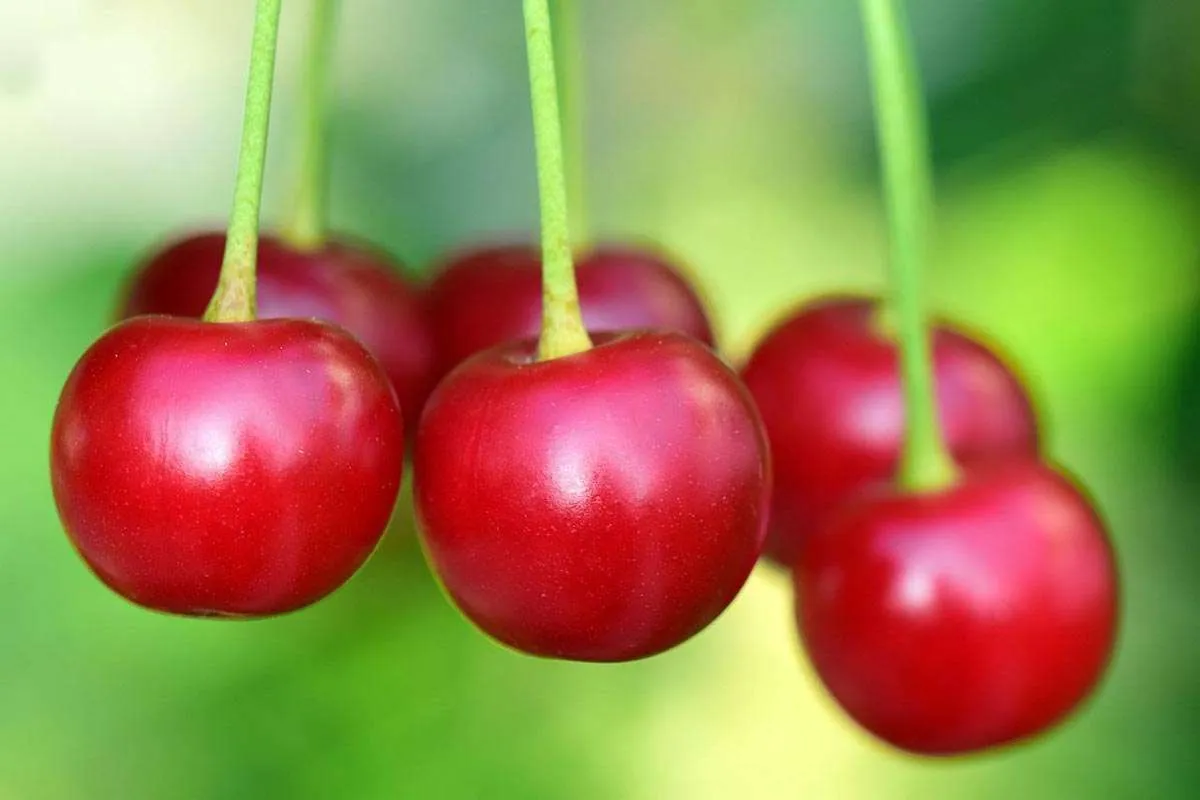
Cherry plants thrive in USDA zones 5 through 8. They want a cooler climate than other trees, such as citrus. When properly maintained, they may survive for 10 to 20 years.
Aphids are a significant pest of cherry trees. Other insects, as well as fungal diseases, attack cherry trees in addition to aphids. Trees must be checked and treated on a strict regular basis.
They are popular due to their lovely flowers and scent. Many folks enjoy the fruit as well. Cherries come in two varieties: sweet and sour.
Tart cherries self-pollinate, but sweet cherries require pollination from another tree. This is an important consideration. Tart cherries are a good choice if you only want one tree.
Because their roots are prone to rot, well-drained soil is highly suitable. Because it does not hold water as effectively, rocky soil is often helpful for drainage. Cherries prefer sunny locations as well. Pruning should be done in late summer, and fertilizing should be done in the spring.
Pruning dead branches and branches that restrict fruit development is critical to the tree’s overall health. Also fertilizing the soil is also a necessity. Consult a local plant nursery to help decide the best fertilizer for your garden. Generally, nitrogen-rich fertilizers are usually best.
2. Olive Trees
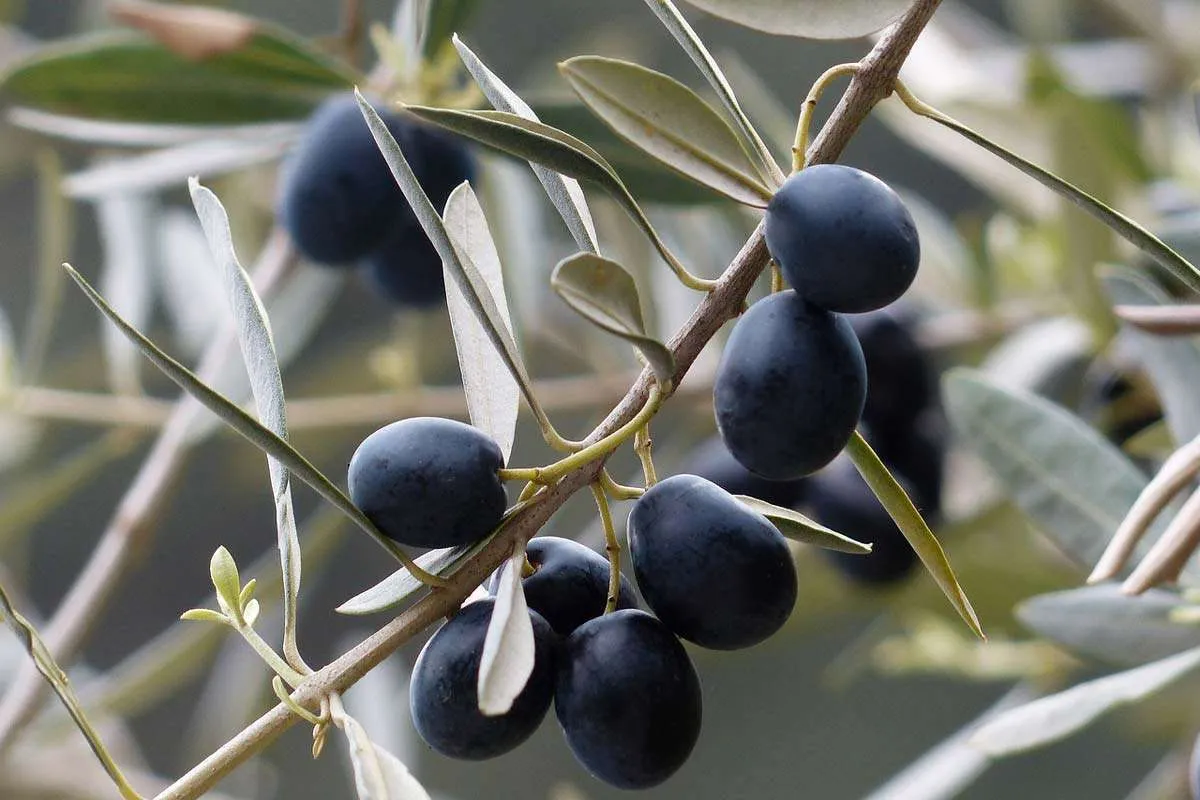
Zones 8-11 are ideal for growing olives. Olive trees are both decorative and fruit bearing. They appreciate sandy, well-drained soil. This can make rocky soil an ideal condition for olive development.
Fertilizers are toxic to olive trees. They thrive in low-nutrient environments. However, nitrogen, which is required for normal foliage growth, is not excluded. Too little might have an impact on the oil quality within the facility.
To achieve the typical olive flavor, brine the olives. Most olives growing on a tree will also have a pit.
Pruning should be done only as needed while keeping in mind that olive trees never yield fruit in the same place again. The thing to keep in mind is that the tree will bear fruit on previous year’s growth.
‘When a tree is not pruned, it becomes more susceptible to fungal infections. Proper pruning should result in increased yields.
After three years, olives should appear. These trees usually bear fruit every other year.
They are strong and hardy trees. Aside from the occasional fungal problem, these trees seldom suffer from pests or diseases. This is a great tree for anyone who desires a low-maintenance tree!
3. Apple Trees
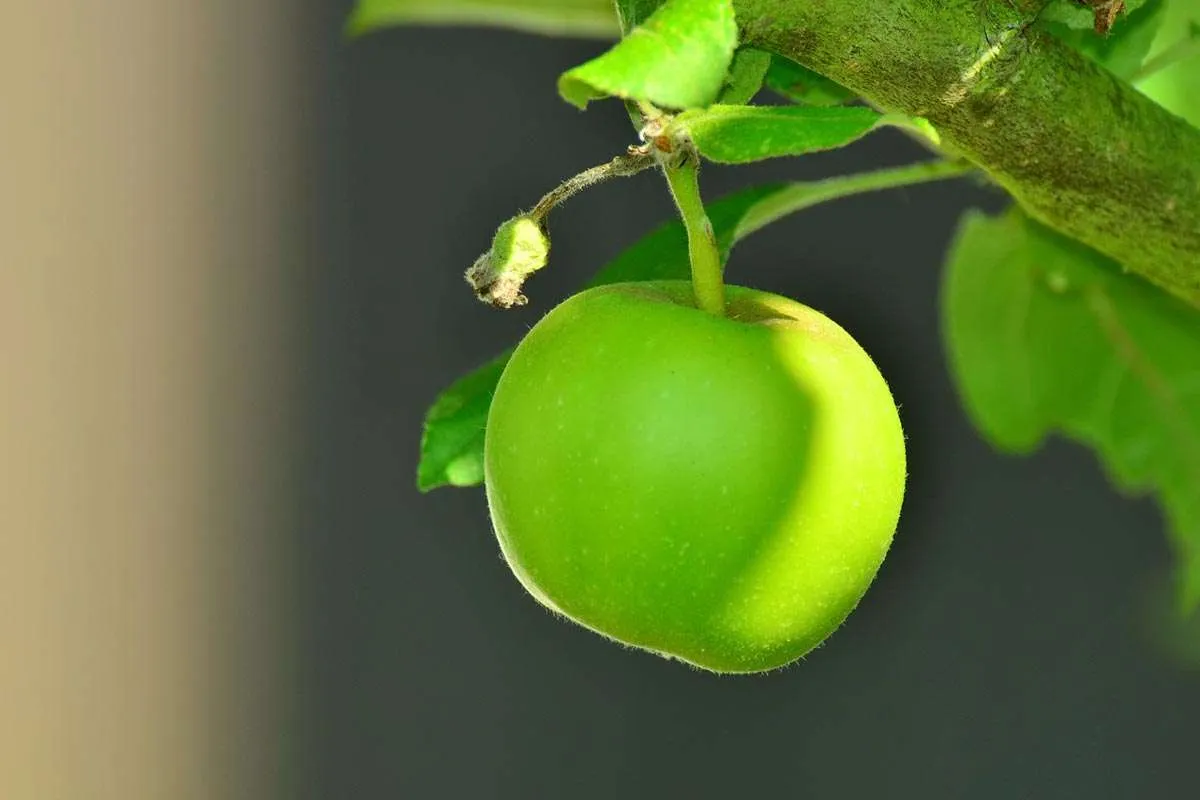
Apples come in hundreds of different types. These are specifically developed for different zones, soil compositions, purposes, and a variety of other characteristics. This implies you should be able to choose an apple variety that suits you.
Apple trees grow well on rocky soil, especially when treated with rabbit dung. Once established, the watering need is usually just 15 gallons per week. A water bag can assist in the reduction of watering requirements.
Usually, these trees require the pollination of another tree. Some individuals, though, can self-pollinate, so choose your variations with caution depending upon your needs.
These trees enjoy fertilizer. Some people recommend using manure to assist in meeting the tree’s nutritional requirements. Commercial fertilizers can also be used.
Regardless of which one you choose to go with, it is always a good idea to add mulch along with your fertilizer. First, mulch around the tree to keep it moist, and any weeds at bay, and then fertilize it.
Apple maggot flies, moths, bores, and a few other pests can harm apple trees. Pesticides that are safe for fruit trees can be used to combat them.
4. Fig Trees
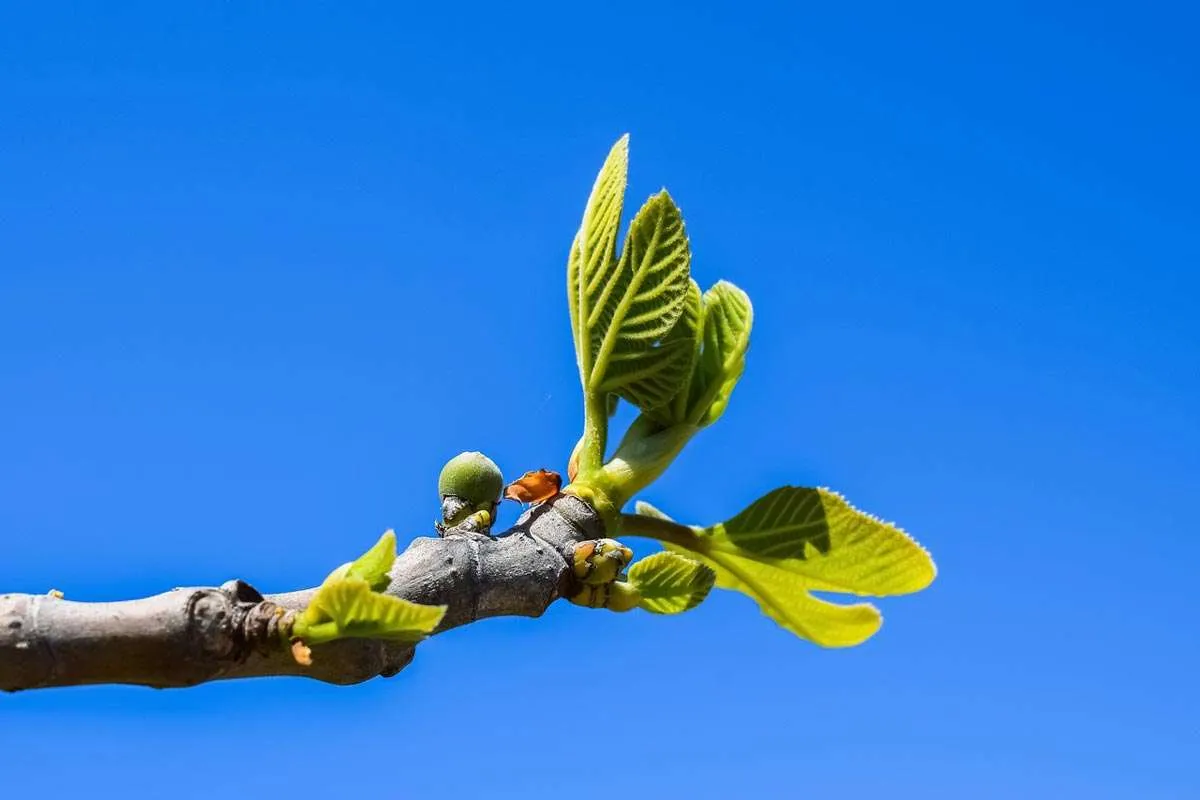
Fig trees are extremely tough and robust. They love sandy soil but may live in any sort of soil. They thrive in zones 5-8, while anything less than eight requires a hardier type. Because of their toughness, they thrive on rocky soil. Watering and mulching may be necessary on a regular basis.
Fig trees may be planted in pots and thrive without regular fertilizing; however, if growth is sluggish, nitrogen fertilizer can be used. Species-specific wasps pollinate the majority of types.
A weekly heavy watering regime may be required if you reside in a dry area. Mulch around the tree to trap as much moisture as possible. This will also aid in the control of weed development.
Generally fig trees are quite resistant to pests and diseases. Fig tree growers usually have little to worry about with their fig trees. The most common ailment for your fig tree would probably be leaf rust which can be easily handled by maintenance and commercial sprays.
5. Stone Fruit Trees
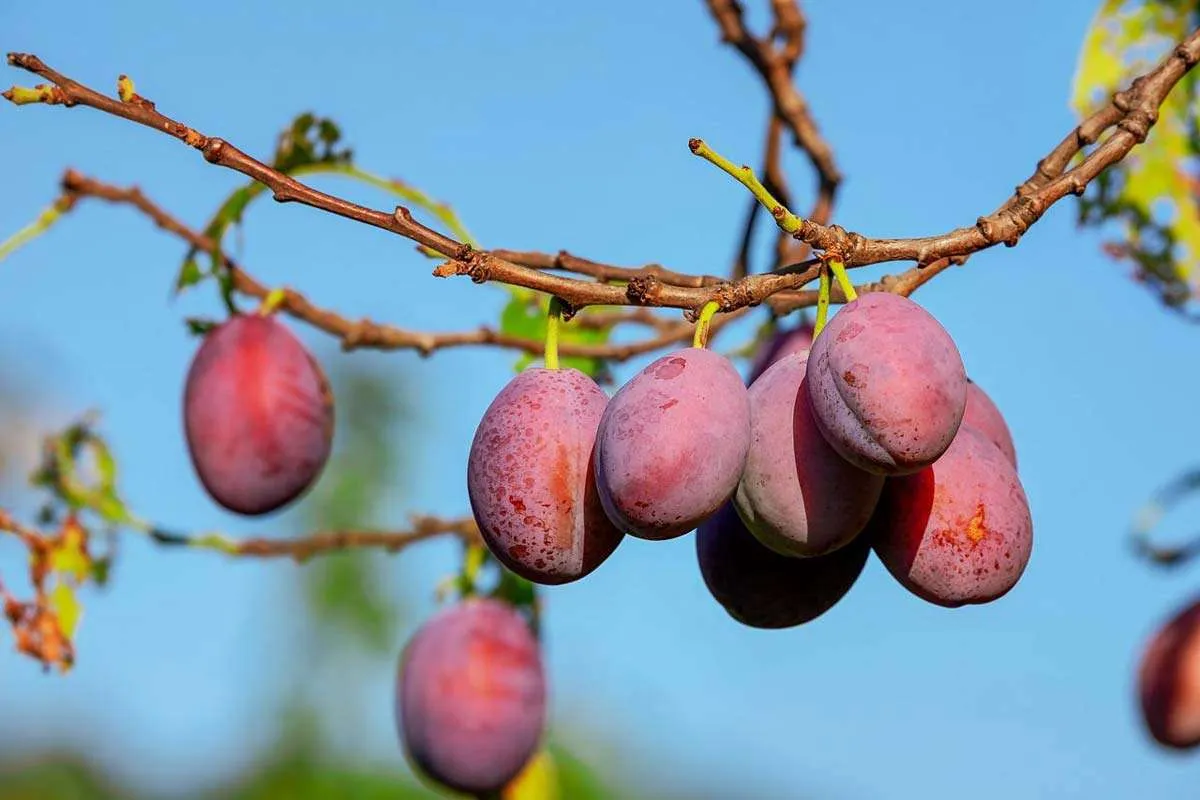
Stone fruits thrive on rockier soils because their roots want to be shallow to allow for greater watering. Peaches, plums, and apricots are examples of stone fruits. Because of the pit or stone in the core of the fruit, these are known as stone fruits.
The exact zone optimal for your stone fruit tree depends greatly on which stone fruit it is that you are planting. Generally however all stone fruits are able to grow in zones 5 and above.
Growing stone fruit trees might be difficult if you are unfamiliar with their requirements. Many beginners are unaware that they require a second tree to pollinate them. Hence, with the stone fruits you will have to have space for multiple trees.
Growing these fruits may be lucrative because many people like eating them. The blossoms on the trees are similarly lovely, and they make excellent landscape trees as well.
They have slightly different care requirements but generally have the same demands. The majority of the crop occurs in late summer and must be fertilized in early spring. Compost or commercial fertilizer can be used to fertilize.
Water the new tree on a regular basis as it grows. Pests such as moths, flies, and bores are frequent. Keep an eye out for pests in the trees. Pruning is less necessary for these trees than for apple trees.
Additional Tips for Planting Trees in Rocky Soil
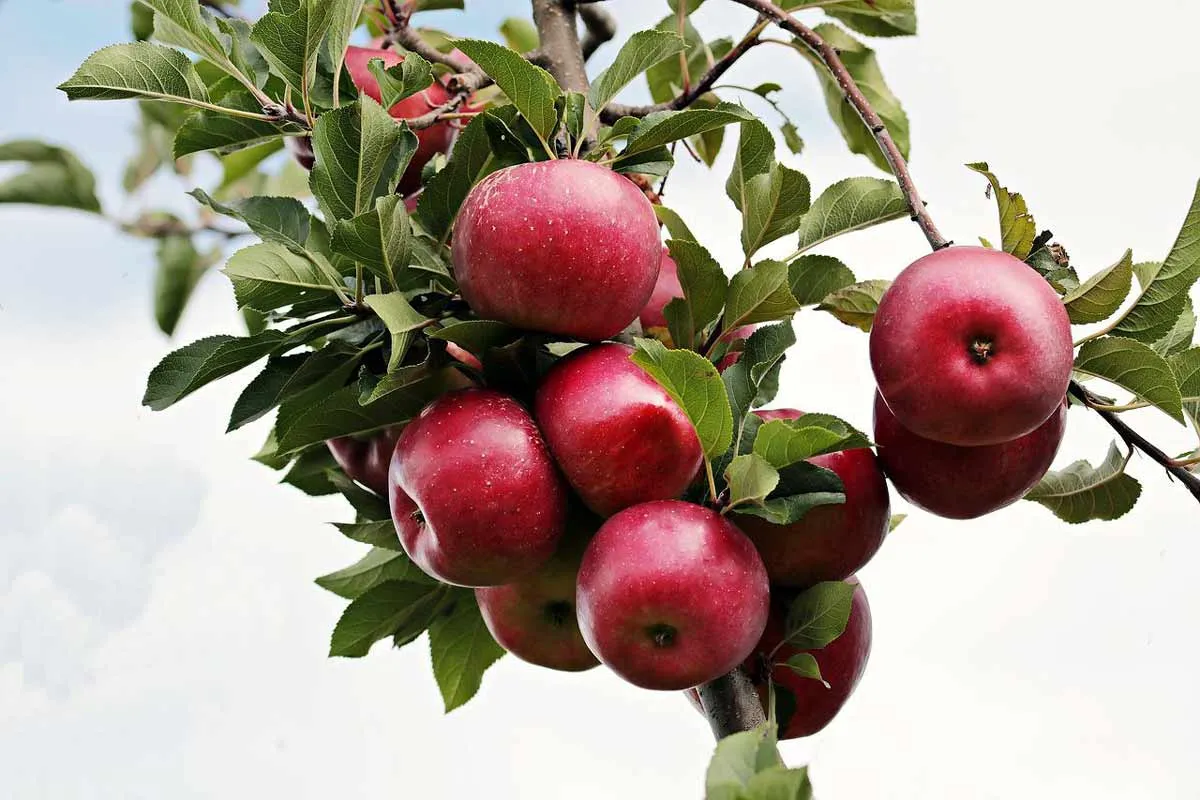
Before you grow any plant you need to have a basic understanding of what exactly it is that you are dealing with. You need to be sure that you understand the requirements of your tree as well as the composition of your soil. Once you are familiar with this, you can deduce what exactly you’ll need to take care of for your desired plant to grow well.
To begin with you must identify the ideal conditions for your desired tree. This means researching and specifically considering for:
- Climate
- Nutrient requirements for the trees
- Care requirements
- Are there any pipes under where you want to plant?
These initial inquiries should get you to a proper start on planting your first fruit tree in rocky soil. For most of these things you can simply check your local growing zone and see if it is suitab;le with your desired tree.
The next step should be to understand your soil composition. This is again a fairly simple task. Testing your soil for its composition is a simple task. One which you can either do yourself at home with test kits or by sending samples to a professional lab for testing.
Either way once the results come back you should have a fair idea of what exactly you are dealing with. With the test results you’ll know exactly what nutrients and in what quantity you have in your soil. Cross examining this with your tree’s requirements can easily help you identify what fertilizers you may have to use and how often you may have to use them.
With all these prerequisites out of the way you are finally ready to actually plant the tree. It is preferred to initially grow fruit trees in a potted plant and then plant them in soil afterward. Alternatively you can also just purchase a sapling from your local plant nursery.
Once you have your plant ready and the perfect spot for planting decided, you can finally begin digging.Be sure to dig a whole that is at least twice the size of the root ball on your plant. Add a layer of compost as deep as the root ball before loosening and placing the plant in the hole.
Once the plant is in, all you have to do now is fill the hole with additional soil. Additionally for better results you can add an extra layer of compost on top. Of course the top layer should be covered with mulch before you water the plant and let it grow!
